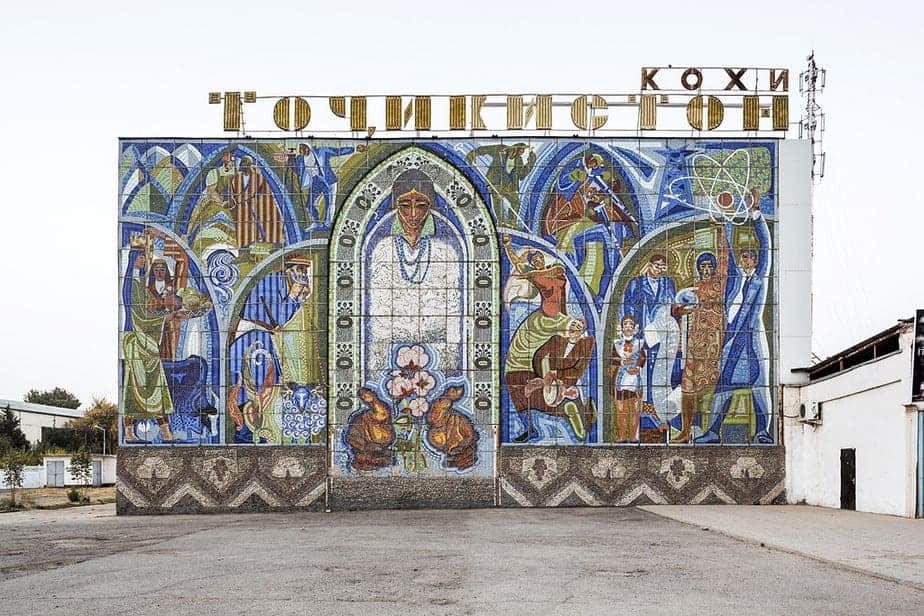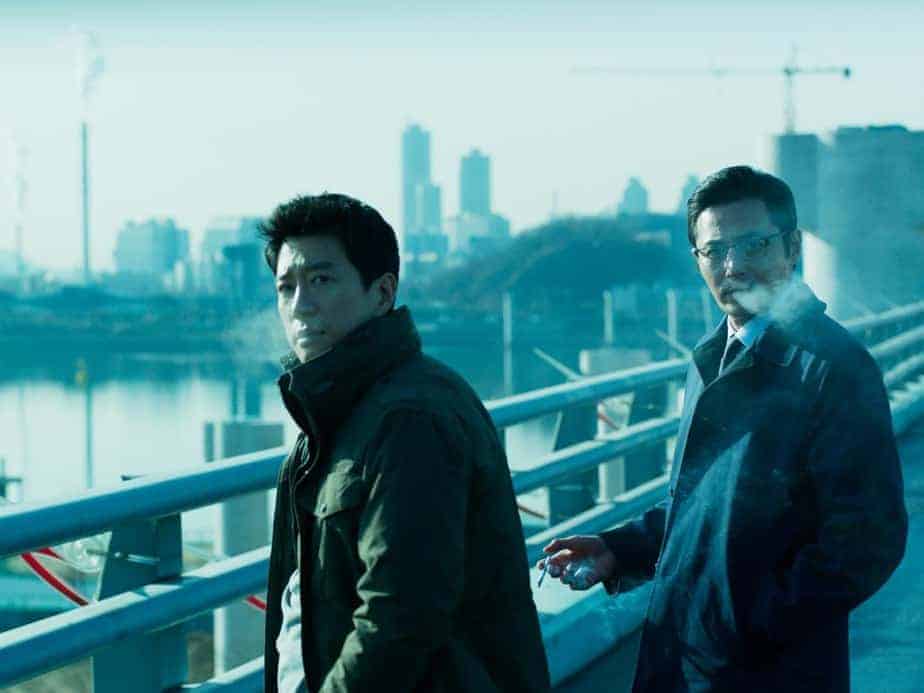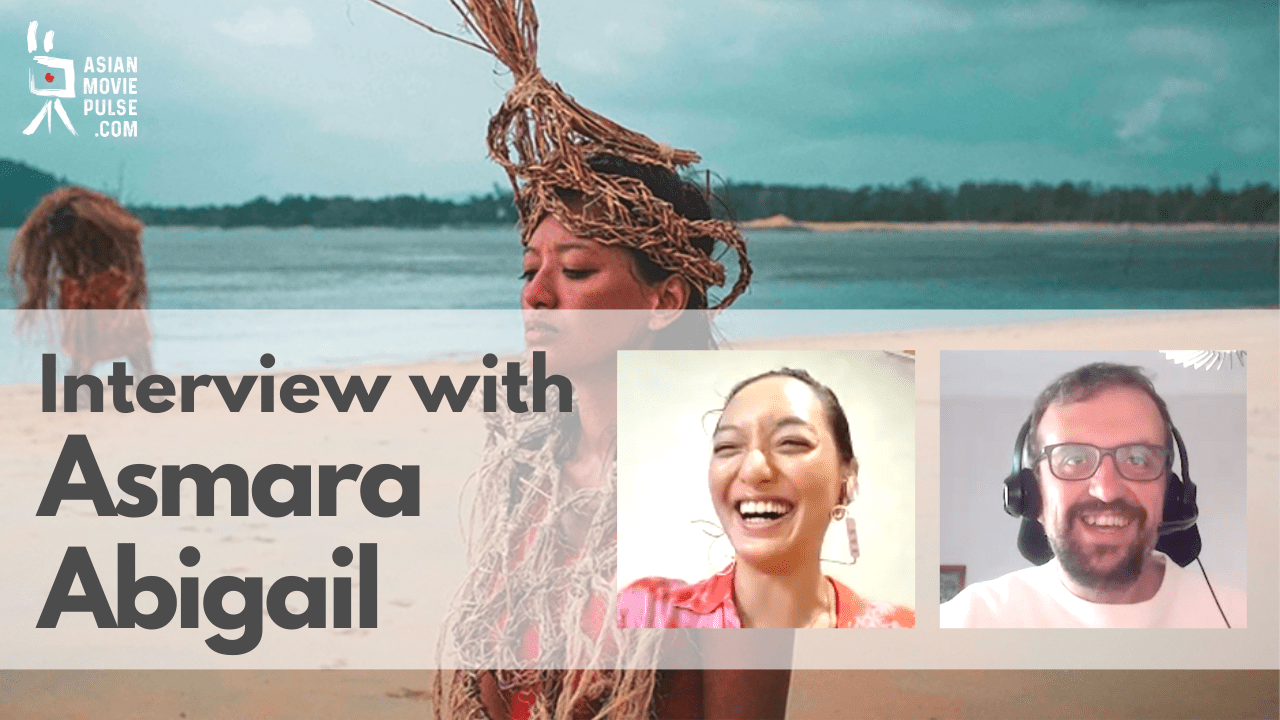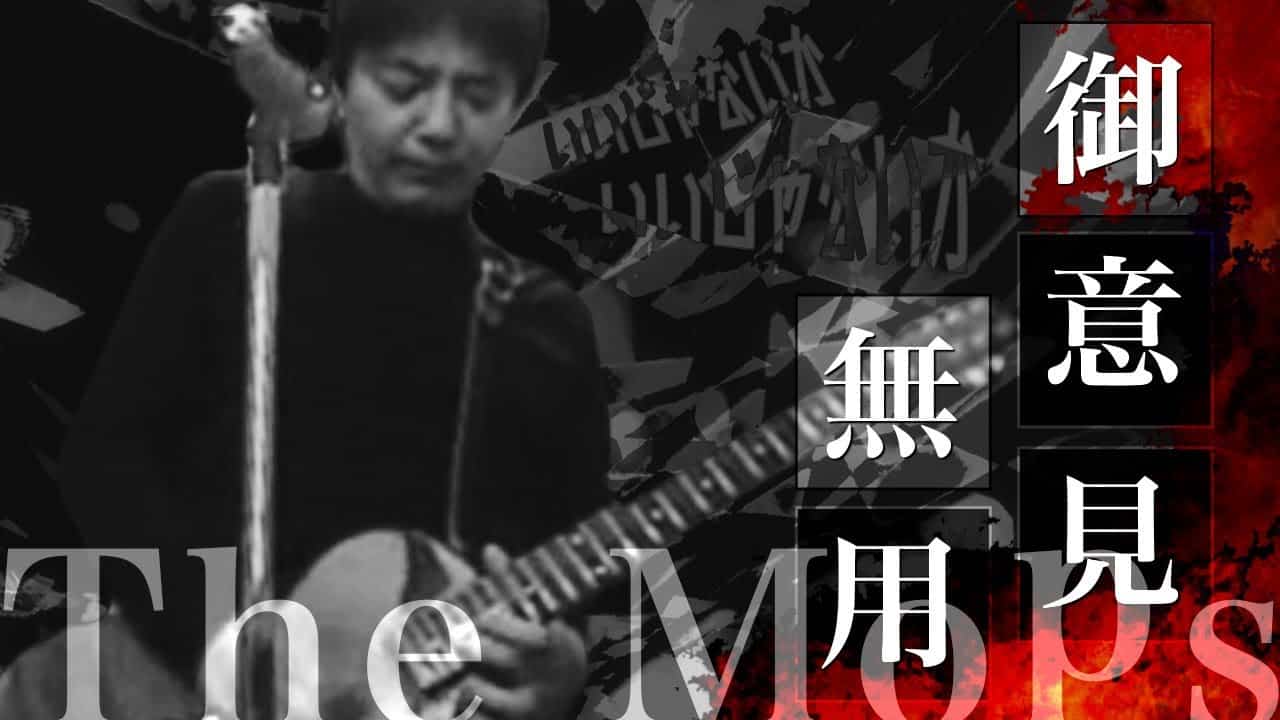Srivinay Salian is a multidisciplinary writer & filmmaker based in Mumbai, India, with a flair for conceptual and layered storytelling. He has garnered over 10 years of experience writing for ad films, tv shows, documentaries, short films, corporate films, and feature films. He has also authored a short novel titled “The Shoelace”, which is a psychological drama.
On the occasion of his film “Rakkhosh” , we speak with him about his career, shooting a POV film, mental patients and asylums, and other topics
You have a very impressive CV, that includes working from animation, to Marketing and Technology, to creative director. How have your past endeavors affected you as a filmmaker?
From a very young age, I was writing stories. Even then, as I looked at the world I realized all we do is share stories. The one thing I kept noticing was patterns in human behavior and the diverse stories that originated from it. This helped me anticipate and plan for human interactions in advance. In Marketing, you plan a campaign for an audience that you have no access too. In programming, you code User Interface for a visitor you don't know about. So, anticipating and profiling the target audience was a day in day out job. Be it meeting a client or programming for an end user, I tried to get into the psyche of the person and cater accordingly. Filmmaking is not much different. You don't know the audience that will watch your film, yet you try to deliver content that will connect with them in some way.

Rakkhosh has already enjoyed some success in the Indian festival circuit, winning the “Special Jury Award for Best Director in Hindi Film” at the Rajasthan International Film Festival. In general, how was the reaction of the audiences?
Personally, I was skeptical about festivals. But our producers, Santosh and Sayali were convinced and we went ahead with it. Our Creative Producer Prashen, who is a man of conviction, did everything to ensure the footage reached the festivals in time. It started with Pune, then Rajasthan and finally Nagpur. And I personally was pleasantly surprised. I met an old lady who asked me if she can touch my head and bless me. Another young guy was very overwhelmed and said he is praying that the film comes out soon for everyone to see how unique it is. I, along with other core crew members who had already seen the film, was asked by Prashen to vacate the seats because there were 20 odd people waiting to get into the screening theatre. Plus there was standing ovation after the screenings and praises from the audience coming out of the theater. I think this kind of response for a film is a blessing any filmmaker would hope for.
Why did you decide to shoot a POV film, and how difficult was to complete it? Can you give us some details about the technical aspect of shooting such a film?
With the number of films getting released globally, the audience was getting a taste of everything one could think of. Filmmakers around the world are constantly striving to offer something new or different. We knew we were getting into the horror genre, which was done to death. And personally, I am against using techniques to scare the audience. I like it when the story can creep up their spine and give them chill. “Rakkhosh” had that potential in it. But we didn't want it to get lost as one of the horror films that came that year. Naturally, we were wondering what new we could do.
The film is based on the story “Patient No. 302” by Marathi language horror genre writer Late Narayan Dharap on whose other stories “Tumbbad” is based on. The story was written in 1st person POV of the protagonist. Then it struck us – Why not make the film too a POV movie? From there the journey started. As a writer, you get excited with anything new you can think of. But when I got to writing, I realized the first challenge is to make sure everything was happening around the protagonist. In a normal story, you can cut away and go to another scene. But with POV, the protagonist has to be always around. But not all characters would share their thoughts around the protagonist. Also, it would not look good if the protagonist would be around just for the sake of it. So, the first challenge was to get the protagonist around organically. Somehow that was cracked. Meanwhile, the team was dealing with the other challenge – The Camera and POV rig.
Here, the challenge came with the decision of not using GoPro and going with Cinema Camera. Without our EP Rohan Pujara, Prashen and our French DoP Basile Pierrat, we wouldn't have been able to pull it off. We first designed the POC (proof of concept) and flew in Basile to test it, which had some issues. Then we further perfected it. On the camera front, we were set. The next challenge was to convince actors as they were to perform differently compared to their usual working style. We conducted Workshops, in which Sanjay Mishra's contribution is immense.

How did you cooperate with the actors, particularly with Namit Das, who is, in essence, just a voice? Was he physically there, or did the rest of the actors had to react without seeing whom they interact with? In general, how was the casting process like?
During the shoot, an actor was alongside or behind the cameraman who carried the camera on self. This was decided so the other actors had someone to interact with rather than, just a camera held by a crew. Namit came onboard during the post-production phase. This did give him a disadvantage. But Namit is a professional and he made sure, he got into the skin of the character before he started with the recording.
The casting happened the way it usually does. But when we got to tell the actors about the technical aspect of the shooting the film, everyone we wanted got excited and came on board. That gave us enough confidence to go ahead with it. We, of course, did the workshop so the actors could get used to the idea of speaking to the camera as a character.
What is the situation with mental patients in India at the moment?
For the film, we visited a couple of asylums. There is a dialog in the film which says, there's more than 2000 patients and only 40 staff members. That was quoted by one of the staffs from the asylum we visited. We tried to portray unbiasedly what we saw in the asylum and also mentioning problems of both sides. Though we were not trying to make a preachy film, we were moved by the state of the patients in the asylum and I believe it just sunk into our conscience and came out through the story.
The mental asylum is a great setting for the film. Can you give us some details about the specific location?
Most of the government infrastructure in India is British era. And it worked in our advantage as the story was supposed to be gritty, the asylum was supposed to look like it was underfunded, untidy, overcrowded and abandoned. I wanted it to give a feeling that society doesn't want anything to do with it. As mentioned in the film, it was supposed to look like a dumping yard.
The initial plan was to shoot in an actual asylum but that didn't seem feasible, due to their policies. We then transformed a school in Nagpur into an Asylum. The credit to make the school look like an asylum entirely goes to the Art Director, Rita Ghosh. Since Abhijit, Prashen, and Santosh all were from Nagpur, we got tremendous support from the people there. The film is entirely shot in Nagpur.
The editing is one of the best assets of the film. Can you give me some details about your collaboration with Dinesh Gopal Poojari?
Our Associate Editor Swapnil Dhaktode was working on the edits with Prashen. And he had the first cut ready, which ran for almost 4 hours long. At that point, Prashen shared that he was in talks with another editor, who just got available. I was skeptical and insisted that we would not decide until I met the editor. I had planned a good one-hour discussion with Dinesh. But when I finally met him and spoke to him, in 5 minutes, I told Prashen this is our guy. Dinesh is a gem of a person. He keeps his cool even during the crisis and always strives to be a human being than coming out a celebrity, which he is with 4 awards to his credit. Dinesh sees the footage in terms of story. For him, the technical skill comes secondary. The story comes first. I think whatever credit the film is getting today, is because of the miracle, Dinesh and Swapnil pulled off at the edit table.

The violence in the film, particularly after one point is quite graphic. How difficult was to shoot these scenes?
In the initial draft, there was one scene where the eye of the nurse Kalima pops out, bounces on the floor and rolls towards the camera. That was, of course, removed later. What we have shown now in the film is 50% subdued version of what it was in the original draft. Still, we were able to achieve it because of the extremely sincere and skillful makeup, prosthetics and art department. They even provided us with prosthetic arms and legs in case we planned to use it.
What is the situation with the horror films scene in India?
I think, now the filmmakers are realizing the technical tricks won't impress the audience anymore. The jump scares, the background score and the VFX can only do so much. The audience has grown smarter. So, a lot of filmmakers are focusing more on story-based horror than technique-based horror. Vikram Bhatt, with whom I had the honor of working, is one of the pioneers in horror genre in India. Recently, films like “Phobia”, “Pari” and “Tumbbad” have created a conducive atmosphere for well-made new age horror films. And of course, the Horror comedy genre is also picking up with films like “Stree” doing huge business at the box office.
What are your plans for the future? Are you working on anything new?
As of now, I have a couple of completed scripts that am pitching to studios and platforms. I am excited about these stories too. There's on based on Kashmiri Pundits situation in India, one a medical love story and a horror comedy. And yes, my favorite spiritual transformation story which travels to Nepal.














